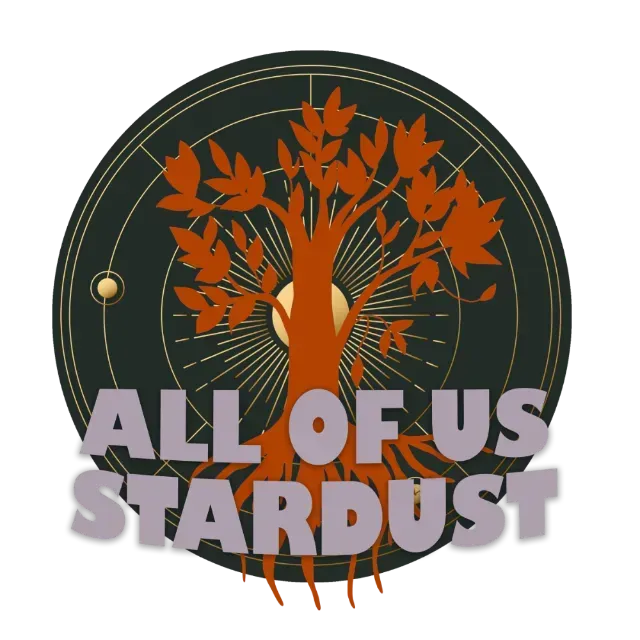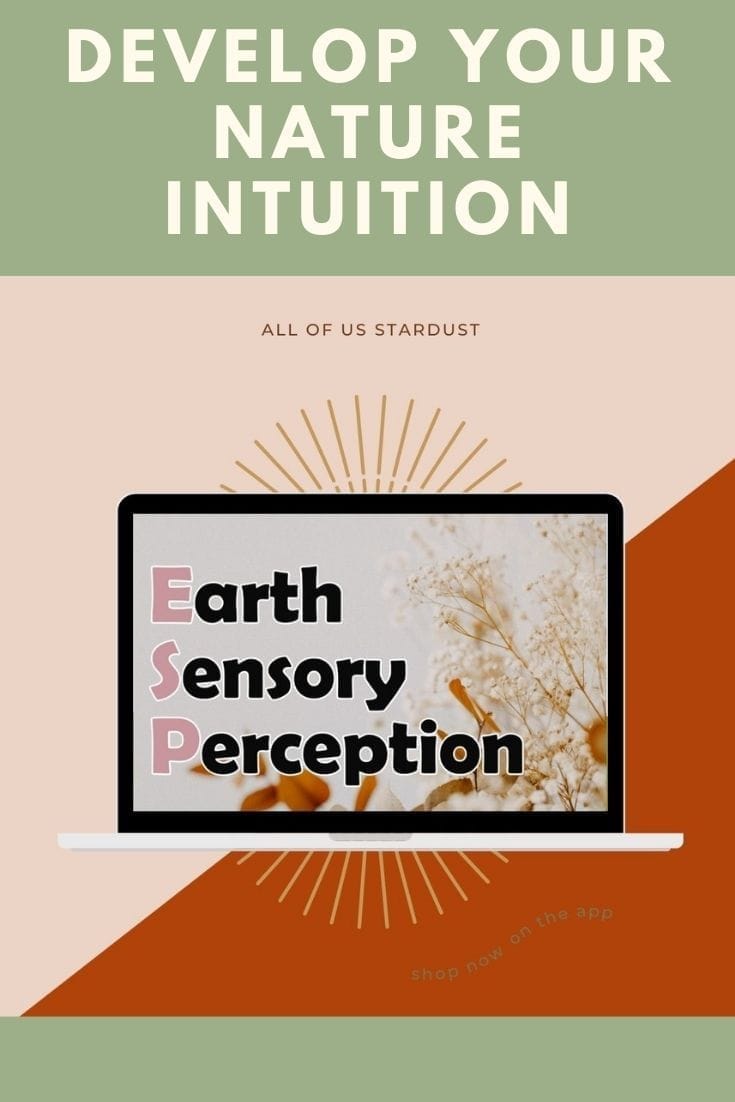Connecting with Our Landcestors
We’ve all heard of ancestors, those that came before us and are now with us in spirit, but have you heard of Landcestors?
In June, my family went camping at Chaco Canyon. This historic park was at one time the center of the ancient world in the Southwest United States and resides on the outskirts of the modern-day boundary of the Navajo Nation. Between 850 and 1250 CE, thousands of Ancestral Puebloans lived here Most of the Indigenous peoples of the four corners area today are descendants of the people of Chaco Canyon.
When I first arrived, my second visit after 10 years, I was entirely caught up in the mystery of the place. My logical mind was at work, ruminating over possibilities to help me understand Chaco Canyon. From cults to aliens, my creative theories swirled amuck.
The incredible structures of Chaco required advanced engineering and were all built by human strength alone. Logs were hauled from 60 miles away by foot as they had no wheels, carts or pack mules. The Great Houses had a multitude of ceremonial kivas and 1200 rooms for storage. Food, pottery, turquoise, macaws, cacao, sea seashells, and other goods of high value that must have arrived from distant lands were discovered by archeologists as if left behind abruptly.
How did they organize the planning and implementing of these structures and communities? Was there a sole ruler in charge, a committee, inconceivable group effort? And why here? There is very little soil for growing and very long winters.
The methods for farming dry lands are still used today by indigenous people of the southwest. As are the ceremonial kivas. Many modern Puebloans have oral teachings of their migration through Chaco, where they stayed for generations and learned the Chacoan ways before everyone departed. Some continue the songs and dances of Chaco. The petroglyphs around the southwest are all like those from Chaco.
Was it a spiritual center? Why did everyone leave? How did they know it was time to go? Why did they leave so much behind? Why are all the roads to Chaco straight, even when the route could be made easier by going around? Why did they desert Chaco to ruins? What happened here?
All my frontal lobe questioning was fun, but it was pulling me out of the moment and keeping me from truly absorbing the lessons of Chaco Canyon.
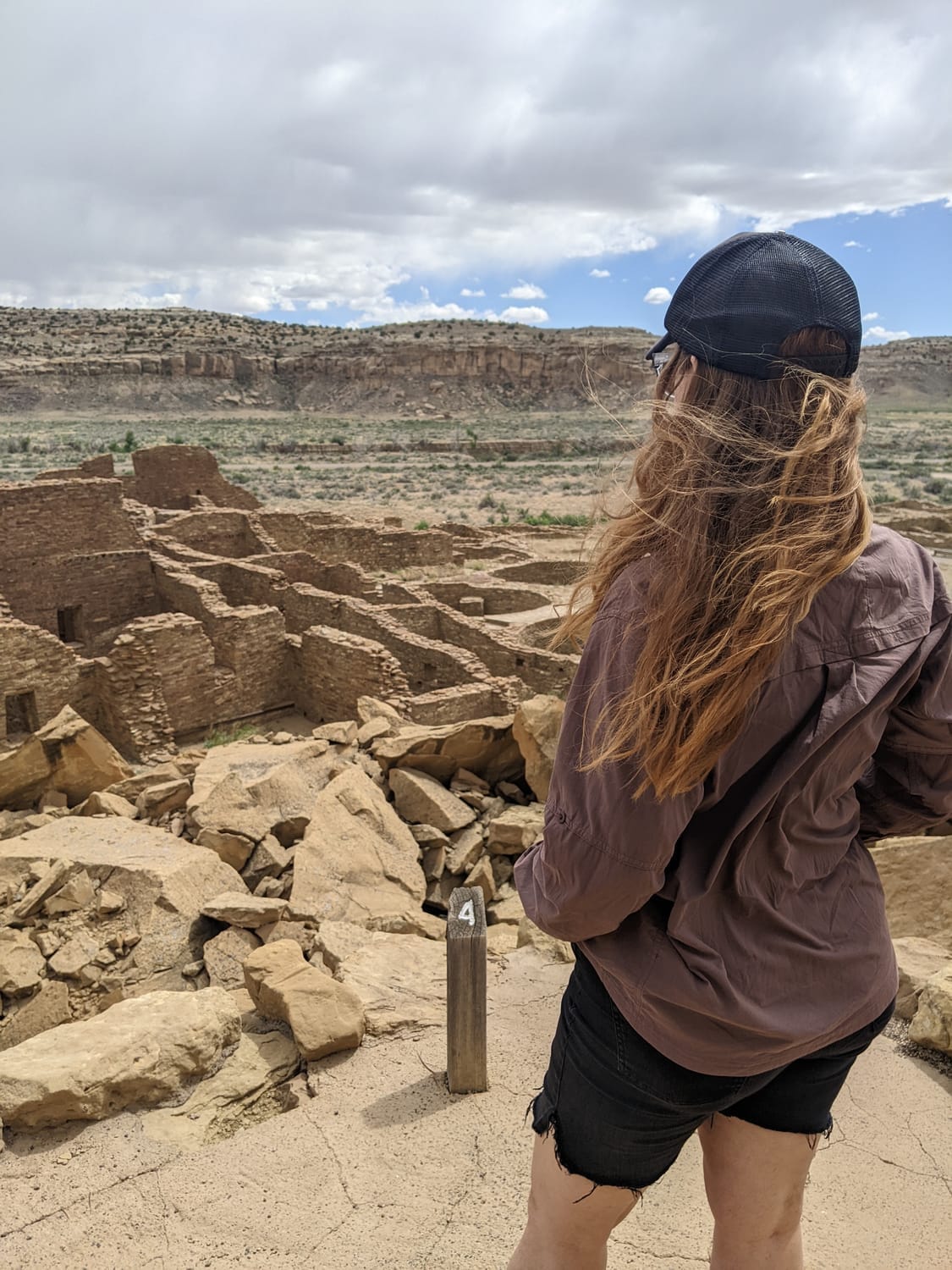
I make it a devotion to give offerings to the land when I travel places. As we visited the archaeological ruins of the Great Houses, I made offerings at the thresholds. Usually I bring precious stones from my altar at home, but I had forgotten my pouch. All I had were coins from the car and I figured those were as treasured a gift as any. I buried them to show my thanks to the spirits that still lived there, the Ancient Ones who inhabited those lands and the archeologists who tied their lives to recovering their story.
“Thank you for hosting us on your land,” I whispered as I buried my quarters, looking over my shoulder to make sure no one was looking.
The mystery of Chaco enthralled me, but I wasn’t getting anywhere with all my guessing. I might as well go to the source, I figured. The following day, in intuitive trance, I asked the Ancient Ones about Chaco.
They told me that Chaco was a communal place where people practiced earth-based spirituality. The road led straight there where people could come and be provided for or share what they had, to sit in ceremony together and learn the spiritual ways of connecting with the Earth. All the kivas were for the different clans. But when it was time to go, it was time to go. It was prophesied that they must disperse. They were too vulnerable there all together and they needed to spread the teachings and hold to them. They said that they were just like any other humans—learning and finding their place in the world, discovering belonging and self-knowledge. Chaco gave them peace.
I asked them if we could do this again, have earth-based communities and practices because, of course, that’s my personal longing. They said, yes, but we have so many things and so many things distract us from the truth we really seek. At the heart of it, we all want belonging, connection, to understand our place in the world, to be seen for who we truly are, to transition and grow into who we need to be.
I asked them to pray for me to help foster this kind of community in my own life and they said that they would. After the channeling, I felt much more connected to the land and the Ancient Ones.
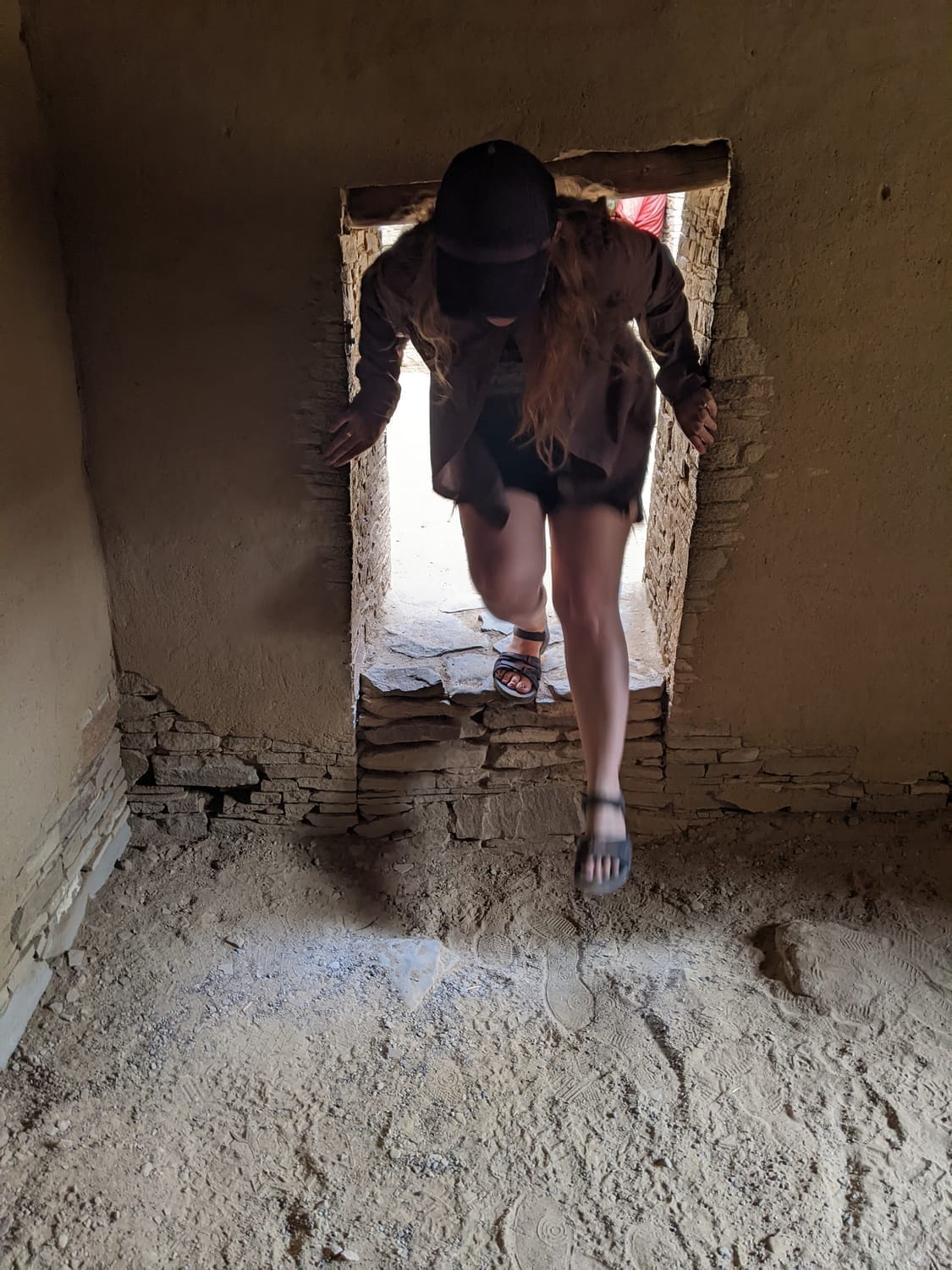
When I enter liminal intuitive states through meditation, it feels so true and real to me, and I trust the answers I receive completely. All witches, shamans and mystics know that everything that happens between the worlds affects change in all the worlds, so our dreams, deep imagery and meditations affect our waking life as well, altering our psyche, our spirit and our nervous system.
When we returned home from Chaco, I had a beautiful dream and awoke recalling the image of the Ancient Ones welcoming me home.
Because, of course, I live on the land that the Ancestral Puebloans migrated across and settled on. In my backyard in the Petaca canyon, there are vivid petroglyphs left by the people that passed through here to the Rio Grande. I live on the ancestral land of the Red Willow People of Taos Pueblo who are descendants of Chaco Canyon.
My heart surged and I felt a new sense of belonging in my chosen home.
I may not be related to them by blood. I may have only lived here for 18 years. I may only be third generation on this continent. But the Ancestral Puebloans are my Landcestors. They are the people who stewarded this land for thousands of years and are still here among us in spirit, just as our blood ancestors are here with us in spirit. Wherever you are, don’t forget to honor your Landcestors too. Gift them with offerings, such as your attention, your care of the land, your songs, and your prayers.
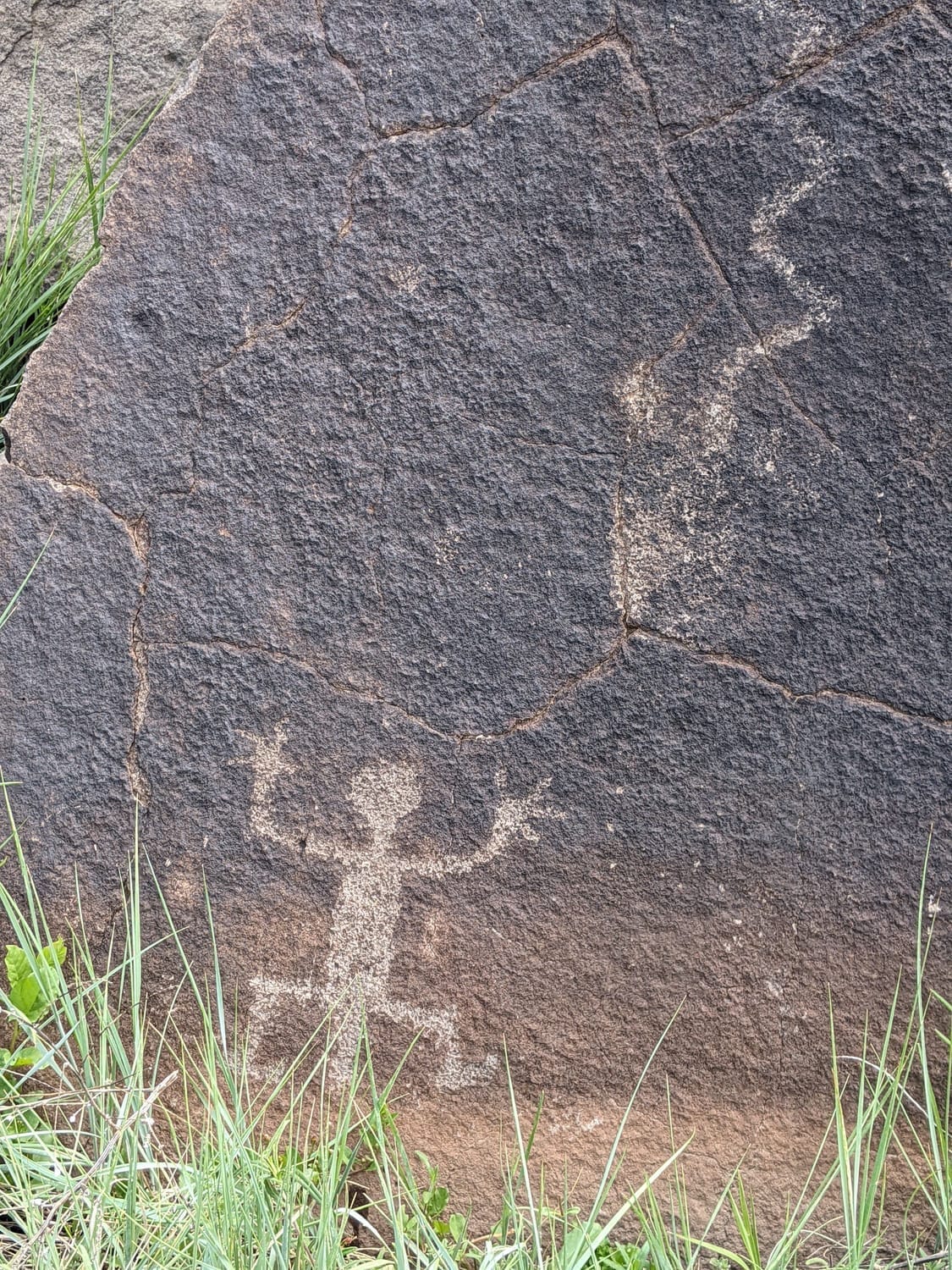
If you want to learn more about how to use your intuition to channel answers, I offer teachings in my course Earth Sensory Perception.
Categories
Subscribe
Dive into the heart of nature with our weekly newsletter with nature writing that reconnects you to the earth's wonders. Plus, stay updated on events designed to bring our community closer to the natural world.
Created with © systeme.io
